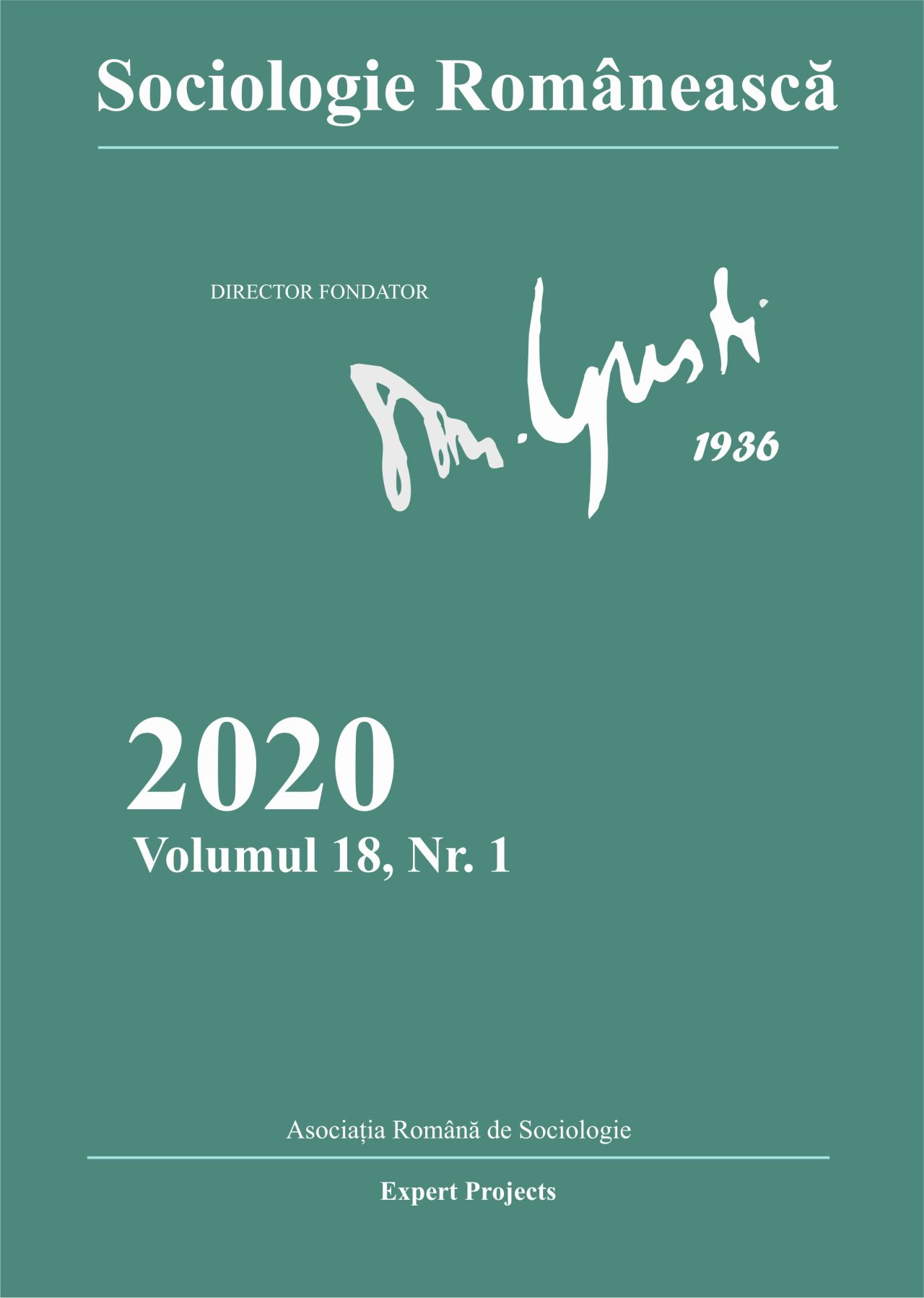Strada Mozaic - gentrificare parțială în București
The Mosaic street - partial gentrification in Bucharest
Author(s): Raluca PopescuSubject(s): Sociology, Rural and urban sociology
Published by: Editura Eikon
Keywords: urban ethnography; gentrification; cultural space; built space; everyday practices
Summary/Abstract: Most post-socialist gentrification researchers have shown the importance of political transformations and the role of the state played in this process, focusing on changes in the property regime and how they led to the emergence of new classes of gentrifiers and excluded. Without contradicting such a thesis, the article highlights the importance of the cultural features, demonstrating that the city is shaped not only by political and economic forces, but also by the symbols that people attach to the space. This ethnographic research explores the physical, aesthetic, functional and cultural transformations of Vasile Lascăr street, an old street in the center of Bucharest, in the micro context of changing daily practices for certain categories of population and in the wider context of some political laws or urban projects. The research confirms the results of other studies on urban transformations in the post-socialist states, where, as in the case of the studied street, gentrification took place only selectively and partially and was seen by the locals rather as a natural process, then a brutal intrusion into their lives. The way in which a simple street in Bucharest has been transformed reiterates the debate on the existence of a post-socialist gentrification, outlining an urban space of contrasts and particularities compared to the global city.
Journal: Sociologie Românească
- Issue Year: 18/2020
- Issue No: 1
- Page Range: 33-62
- Page Count: 30
- Language: Romanian

